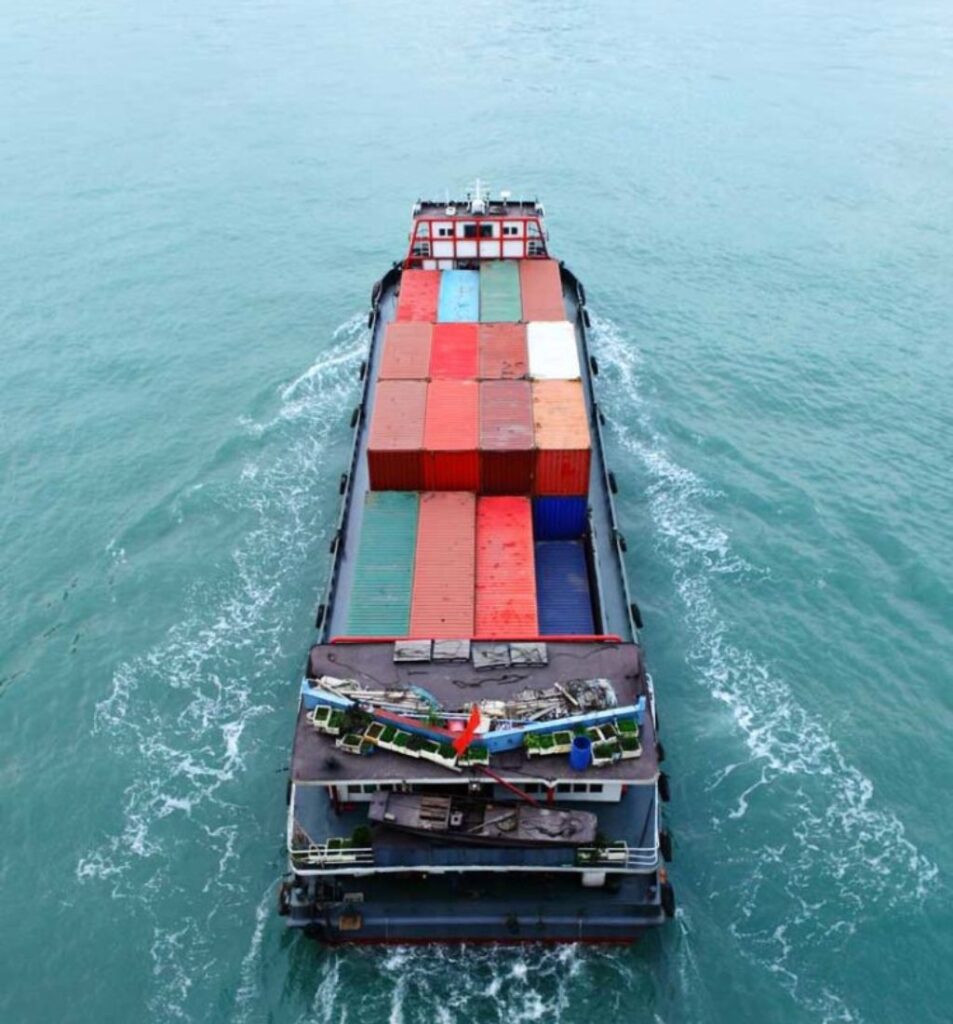TMT Steel
TMT Steel: Strengthening the Foundations of Construction
Thermo-Mechanically Treated (TMT) steel is a widely used construction material that plays a pivotal role in ensuring the stability, durability, and safety of buildings and infrastructure projects. TMT steel is renowned for its superior strength, flexibility, and resistance to various environmental factors. In this article, we will delve into the key aspects of TMT steel and its significance in the construction industry.
- What is TMT Steel?
TMT steel is a type of high-strength reinforcement steel that has undergone a specialized manufacturing process. It is produced from mild steel bars through a combination of heat treatment and mechanical processes. The primary steps involved in producing TMT steel include heating the steel to a specific temperature, quenching it in water, and then subjecting it to controlled cooling. This process imparts unique properties to the steel, making it suitable for construction applications.
- Strength and Durability
One of the most significant advantages of TMT steel is its exceptional strength. The heat treatment process followed by controlled cooling results in a microstructure that combines both strength and ductility. This means TMT steel can withstand heavy loads and bending without breaking, making it ideal for reinforcing concrete structures. Additionally, TMT steel is highly resistant to corrosion, which ensures the longevity of the structures it supports.
- Earthquake Resistance
In regions prone to earthquakes, TMT steel is the preferred choice for construction. Its ability to absorb energy and distribute it evenly throughout a structure makes it a crucial component in earthquake-resistant buildings. The flexibility of TMT steel bars allows structures to sway and absorb seismic forces, reducing the risk of collapse during an earthquake.
- Weldability
TMT steel is known for its excellent weldability, which simplifies the construction process. Welding TMT bars together is relatively easy and results in strong connections, ensuring the integrity of the structure.
- Corrosion Resistance
TMT steel is coated with a layer of corrosion-resistant material during the manufacturing process. This protective layer prevents the steel from corroding when exposed to harsh environmental conditions, such as rain, humidity, or saltwater. This corrosion resistance contributes significantly to the longevity of structures built with TMT steel.
- Sustainable Construction
TMT steel is considered a sustainable building material because of its durability and long lifespan. When used in construction, it reduces the need for frequent repairs and replacements, leading to lower resource consumption and reduced environmental impact over time.
- Cost-Effectiveness
While TMT steel may have a slightly higher initial cost compared to other materials, its long-term benefits outweigh the initial investment. Its durability and resistance to wear and tear reduce maintenance costs, making it a cost-effective choice for construction projects.
Conclusion
TMT steel has revolutionized the construction industry by providing a versatile, strong, and durable material for reinforcing concrete structures. Its ability to enhance the earthquake resistance of buildings, resist corrosion, and contribute to sustainability makes it a preferred choice for engineers and architects. As the construction industry continues to evolve, TMT steel remains at the forefront of innovation, ensuring the safety and longevity of the structures we rely on in our daily lives.
Other Products
How We Work
Our Process
Our Lines up of activities ensure you get the desired product, in the set quality parameter, on time! Request a quote and get things moving now.
Procurement
Specialised Source Points for our products.
Sorting & Cleaning
Handpicked Quality comes from here.
Packaging
Best-in-class materials to ensure safe transit
Delivery
We plan each activity as per Shipping Line Schedules.







